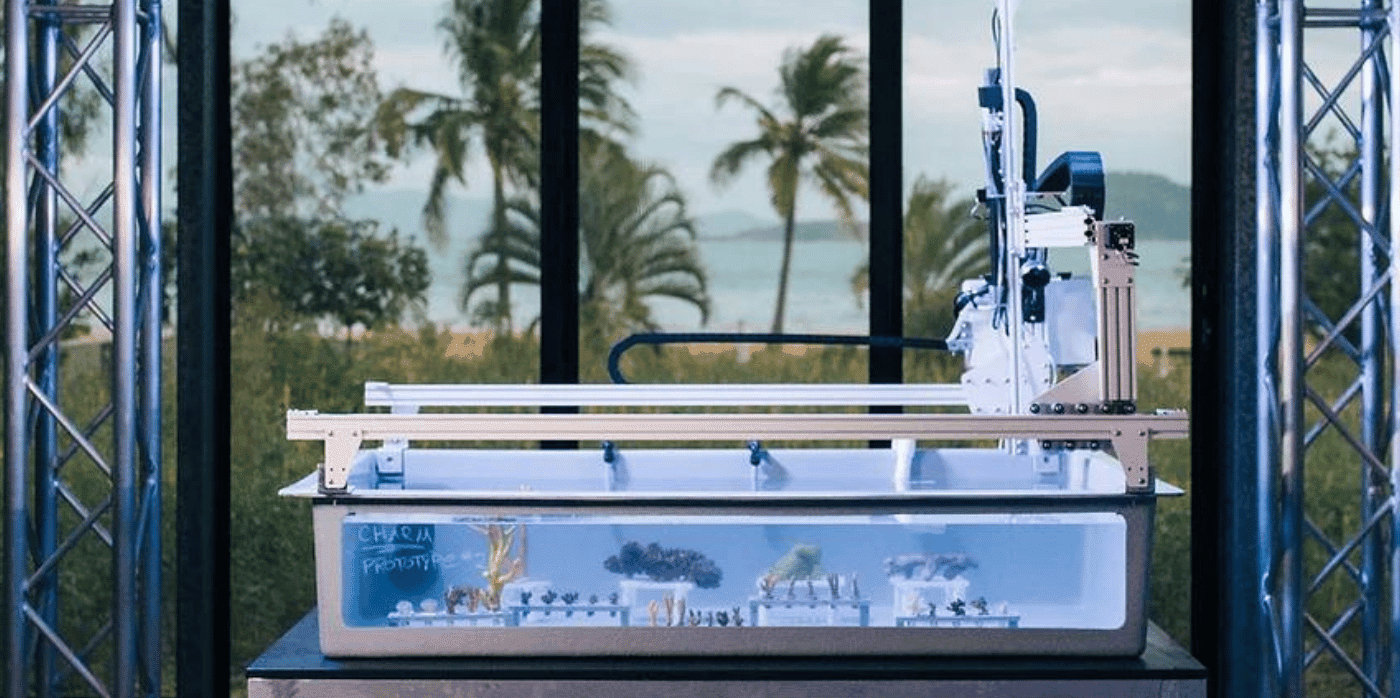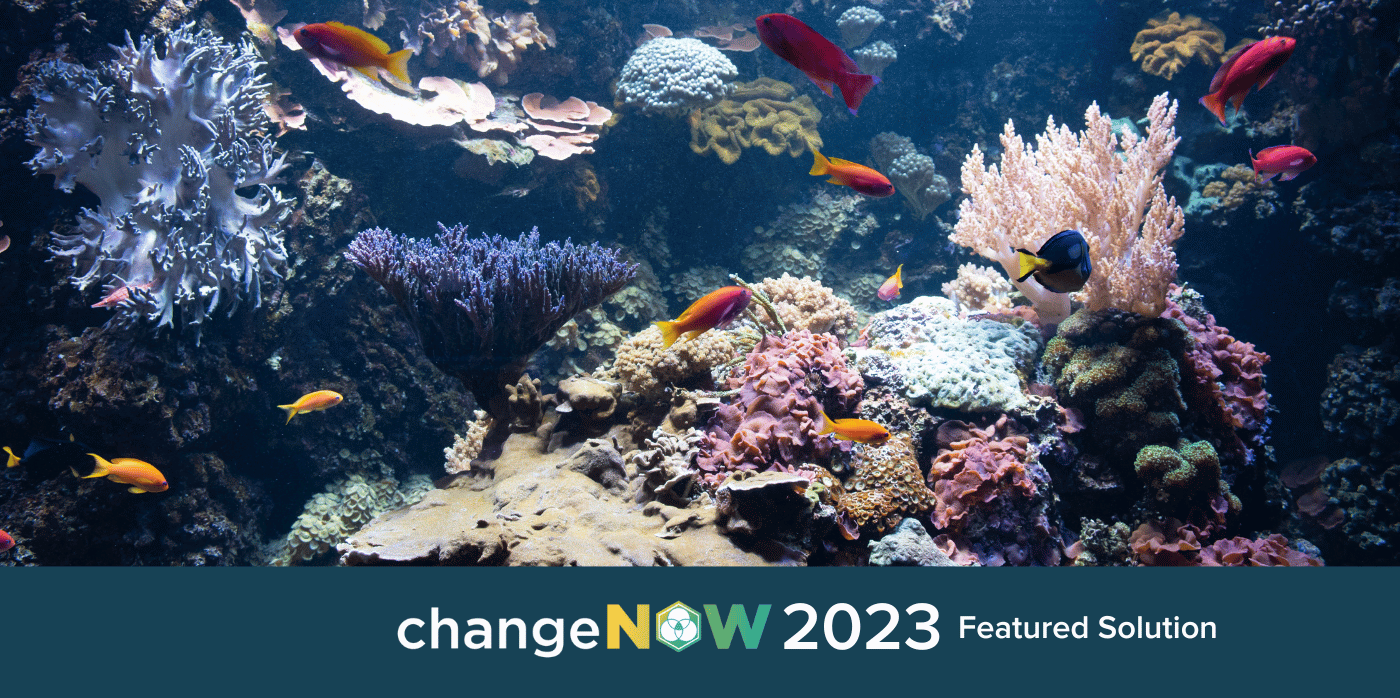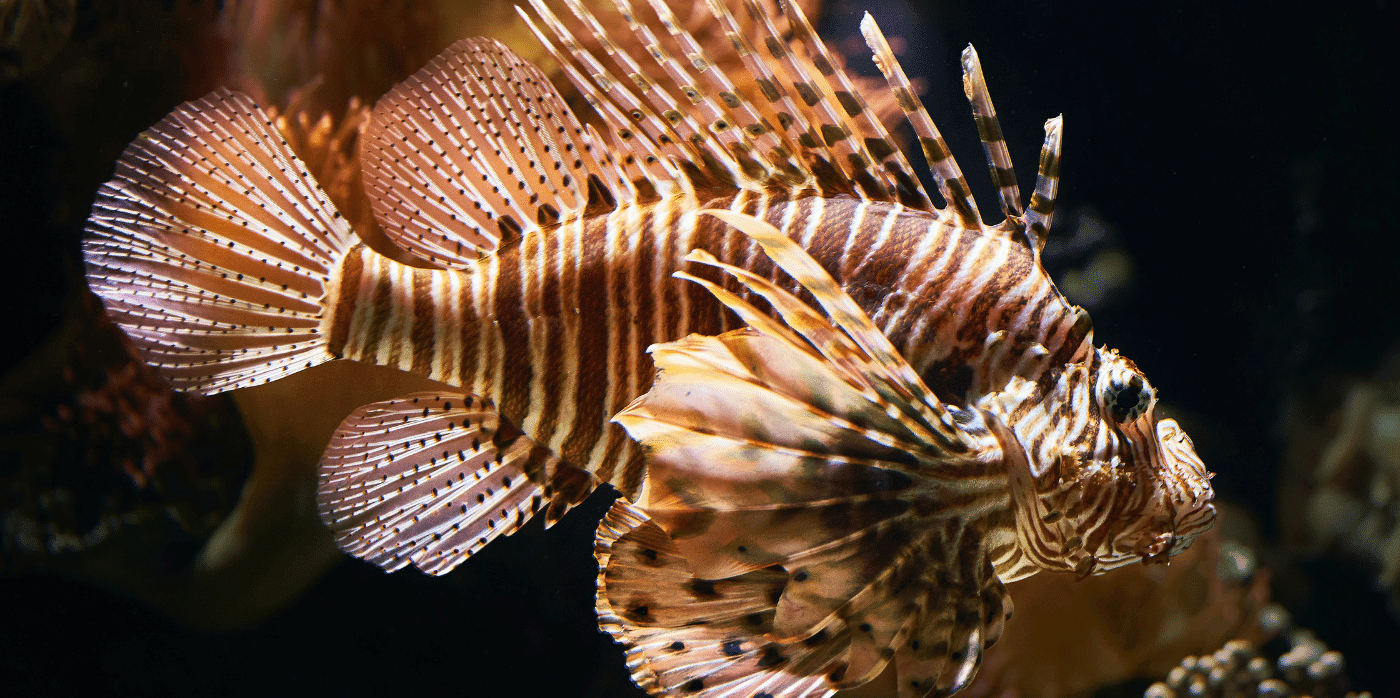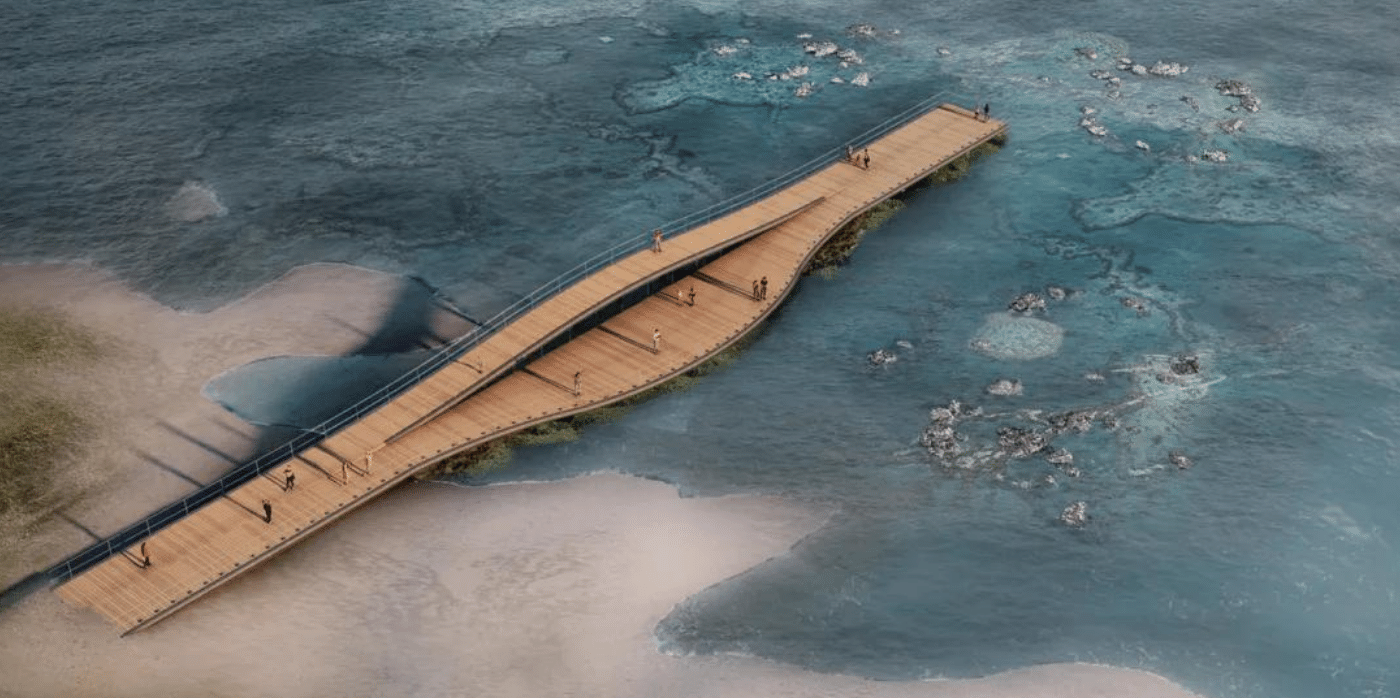Could robotics and the personal touch restore rare reefs?

Spotted: While coral reefs cover just 0.2 per cent of the seafloor, they support around 25 per cent of marine species and underpin the safety, coastal protection, well-being, and food and economic security of hundreds of millions of people. They are also disappearing at a rapid rate. Since 2009, around 14 per cent of the world’s corals have disappeared, and the pace is speeding up.
To support coral restoration, CHARM (Coral Husbandry Automated Raceway Machine) has created an aquaculture robot that cleans, feeds, and monitors coral grown in an industrial aquarium. The idea is to grow the coral in a controlled environment and then place it in the wild to help restore reefs. The system uses a robotic arm connected to artificial intelligence (AI) software to monitor, clean, and feed the coral.
The company has also developed a product, called Coral Charm, that helps connect individuals to the coral. When a customer buys a Coral Charm, their name and an image are engraved onto two identical coral plugs (a small, stationary platform that the coral is fixed to). One plug has a coral placed on it and grows inside the CHARM aquarium. The other plug is sent to the customer, along with a QR code.
The QR code sends Coral Charm owners to a dedicated page where they can view the growth of the coral and includes a button they can press to feed it. When the coral is moved to the ocean, users receive the GPS coordinates of the location.
The concern over the state of the world’s coral has prompted a number of recent innovations, including the use of turmeric to protect the reefs and customer-built clay reefs.
Written By: Lisa Magloff







